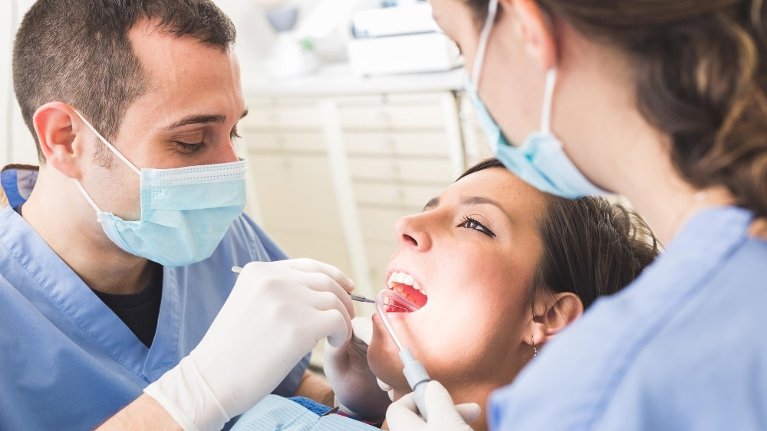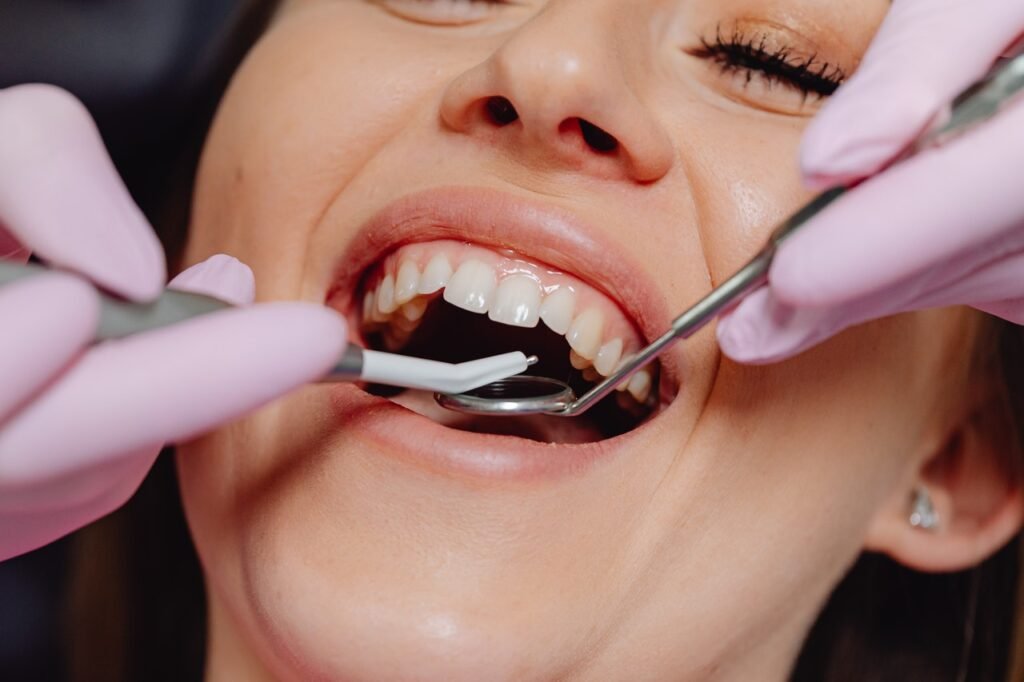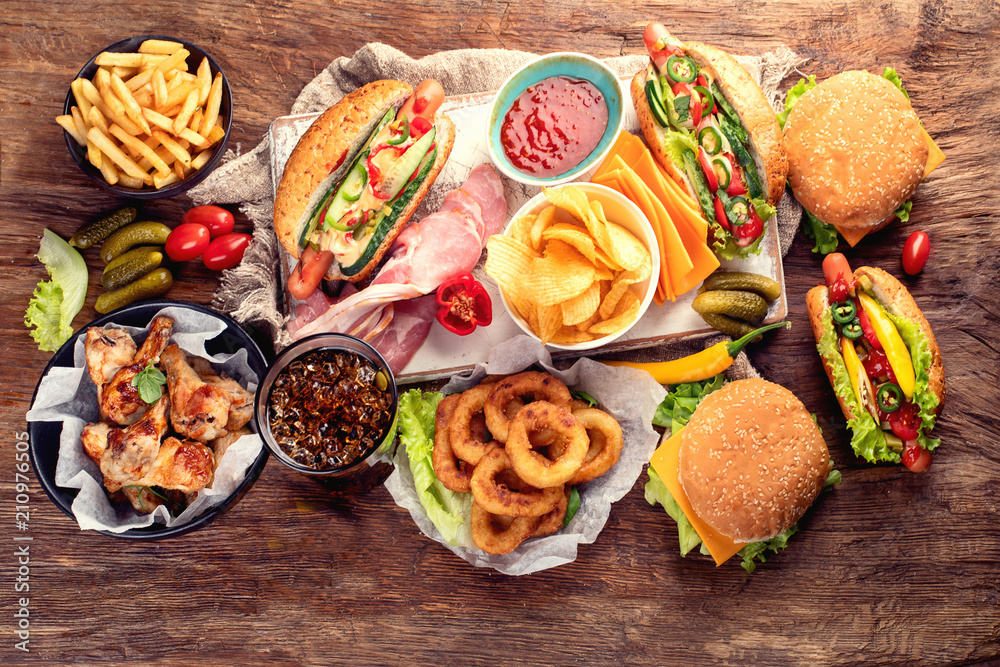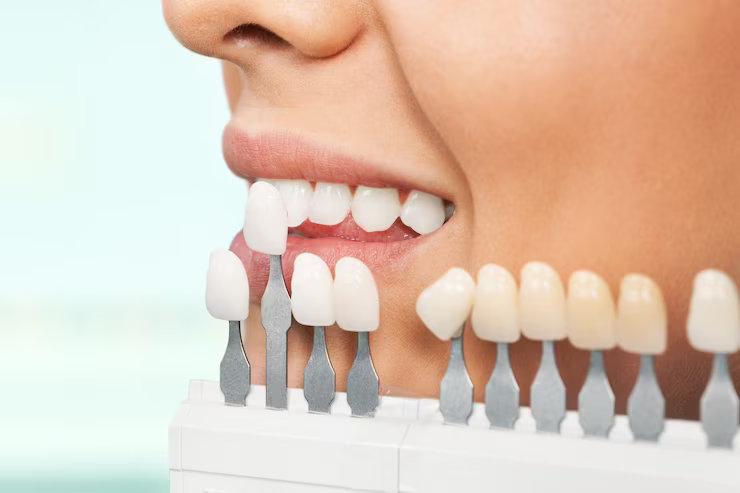What to Expect during the Recovery of a GUMS Procedure
Intro
If you have recently undergone a GUMS Procedure, you may be wondering what to expect during your recovery period. As with any surgery, the recovery period for a GUMS Procedure can be unpredictable and require a period of adjustment. It is important to take the necessary steps to ensure a successful recovery, including taking time to rest, making temporary dietary changes, and understanding the procedure that was performed on the palate. In this blog post, we will discuss the recovery process for a GUMS Procedure and provide tips for a successful recovery.
Overview of a GUMS Procedure
A GUMS procedure, also known as a Gingival Graft, is a common dental surgery that aims to repair receding gums. It is a relatively minor surgical procedure, but it does require some recovery time and temporary changes to your diet.
During the procedure, the surgeon will take a small piece of tissue, often from the roof of your mouth, and graft it onto the area where your gums have receded. This graft will help to cover exposed tooth roots and prevent further gum recession. The surgery is typically done under local anesthesia, so you won’t feel any pain during the procedure.
After the GUMS procedure, you can expect some discomfort and swelling in the affected area. You may also experience some bleeding, but this should subside within a few days. It is important to follow your dentist’s instructions for post-surgery care to ensure proper healing.
The recovery time for a GUMS procedure varies from person to person, but typically takes around two to three weeks. During this time, it is important to take it easy and avoid any strenuous activities that could potentially disrupt the healing process.
Additionally, you will need to make temporary changes to your diet during the recovery period. Soft foods that require minimal chewing are recommended to avoid putting unnecessary strain on the healing area. Your dentist will provide you with a list of foods to avoid and suggest suitable alternatives.
While a GUMS procedure is generally safe, there are some risks involved, such as infection, allergic reactions, and damage to surrounding teeth or tissues. It is important to discuss these risks with your dentist before undergoing the surgery.

Recovery Time
Although a GUMS Procedure isn’t considered a significant surgery, it does require a certain amount of recovery time. Most patients can expect to feel some discomfort for a few days following the procedure. Swelling, tenderness, and minor bleeding are common side effects, but these symptoms should subside after the first few days.
In most cases, patients can expect to resume their normal activities within a week to ten days following the procedure. However, it’s important to remember that each patient’s recovery time may vary based on their individual circumstances and the extent of their procedure.
During the recovery period, it’s essential to follow any post-operative instructions provided by your dentist or oral surgeon. Patients should also take care to maintain good oral hygiene habits and avoid strenuous activities, hot foods, and drinks, and alcohol for a few days after the procedure.
If you experience any severe pain or complications during the recovery period, it’s important to contact your dental provider right away. In most cases, any complications can be treated quickly and effectively, allowing you to get back to your normal routine as soon as possible.
Dietary Changes
After a GUMS procedure, it is important to make temporary dietary changes to ensure proper healing and minimize any potential complications. These changes are necessary as the palate, which is typically used during the surgery, may require some time to heal.
During the recovery period, it is recommended to stick to a soft food diet. Foods that are easy to chew and swallow are preferable to avoid any strain on the surgical site. Examples of soft foods include soups, yogurt, mashed potatoes, scrambled eggs, and smoothies. It is also important to avoid foods that are spicy, acidic, or hard, as these can irritate the healing tissues.
In addition to following a soft food diet, it is crucial to maintain good oral hygiene. This involves gently brushing your teeth and gums, using a soft-bristled toothbrush and non-alcoholic mouthwash. It is best to avoid brushing directly over the surgical site to prevent any damage or irritation.
Furthermore, it is essential to stay hydrated during the recovery period. Drinking plenty of water can help keep the mouth clean and promote healing. However, it is important to avoid using a straw, as the suction can potentially disrupt the surgical site.
Following the dietary guidelines provided by your oral surgeon or dentist is crucial for a successful recovery after a GUMS procedure. Remember to consult with your healthcare professional for personalized dietary recommendations and any specific restrictions based on your individual case. By following these dietary changes, you can help ensure a smooth recovery and promote optimal oral health.
Post-Surgery Care
After the GUMS procedure, it is important to follow proper post-surgery care instructions to ensure a smooth and successful recovery. These instructions may include:
1. Avoiding Brushing and Flossing: For the first few days, it is important to avoid brushing and flossing the treated area. Instead, rinse your mouth gently with warm salt water to promote healing and prevent infection.
2. Managing Pain: It is normal to experience some pain and discomfort after the GUMS procedure. Over-the-counter pain relievers such as ibuprofen can help alleviate these symptoms. In some cases, your dentist may prescribe a stronger pain medication.
3. Sticking to Soft Foods: While you recover, stick to a soft food diet for several days. Avoid crunchy or hard foods that could irritate the treated area.
4. Keeping the Area Clean: Keep the treated area clean by rinsing your mouth gently with warm salt water after eating or drinking.
5. Attending Follow-Up Appointments: Your dentist will schedule follow-up appointments to check on your progress and ensure proper healing. It is important to attend these appointments and follow any additional instructions your dentist may give you.
By following these post-surgery care instructions, you can ensure a smooth and successful recovery from your GUMS procedure.

What are the risks of GUMS Procedure?
While a GUMS (gingival grafting) procedure is generally considered safe, like any surgical procedure, it does carry some risks. It is essential to be aware of these risks before undergoing the surgery to make an informed decision.
One of the primary risks of a GUMS procedure is infection. Any surgical procedure carries the risk of infection, and this applies to gum grafting as well. However, following the dentist’s post-surgery instructions and maintaining proper oral hygiene can greatly reduce the risk of infection.
Another potential risk is pain and discomfort. It is normal to experience some pain and discomfort following the procedure, but it can usually be managed with over-the-counter pain medication recommended by the dentist. Additionally, the use of ice packs can help reduce swelling and discomfort in the first few days after the surgery.
In rare cases, there may be complications such as excessive bleeding, allergic reactions to anesthesia or medications, and damage to adjacent teeth or structures. However, these complications are rare and can usually be avoided with the expertise of a skilled dentist.
It is important to note that every individual’s experience and risks may vary, and it is best to consult with your dentist to discuss any concerns or specific risks based on your oral health and medical history. Your dentist will evaluate your situation and provide personalized advice and recommendations to ensure a successful and safe GUMS procedure.
The Conclusion
While a GUMS Procedure may seem like a minor dental surgery, it still requires careful attention during the recovery period. In addition to taking pain medication as prescribed and avoiding physical exertion, dietary changes are also necessary. It’s important to avoid foods that can irritate the surgical site, such as spicy or acidic foods. Maintaining good oral hygiene is also crucial during this time, as any infection could delay the healing process. It’s normal to experience some discomfort and swelling after the procedure, but if the symptoms persist or worsen, it’s important to contact your dentist or periodontist. While the risks of a GUMS Procedure are generally low, it’s still important to understand the potential complications and discuss them with your dental professional. With proper care and attention, the recovery period should be manageable, and patients can look forward to improved oral health.



